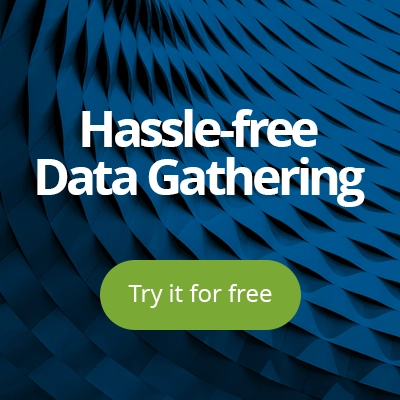Most advisors wouldn’t dream of ignoring a prospect who walks into their office. Yet when someone fills out a form, signs up for a webinar, or downloads a lead magnet online? Silence. No reply. No next step. Just… crickets. And that’s a missed opportunity.
In a world where attention spans are short and competition is fierce, your ability to respond quickly and consistently is everything. In fact, an overwhelming 73 percent of investors say email is their preferred method of communication. The good news? You don’t need a 30-part email series to win trust. You just need a thoughtful cadence and a plan.
Find the Frequency Balance
Clients want their advisors to be in contact with them. One of the most common reasons clients switch advisors is if their advisor lacks communication skills and doesn’t communicate frequently. However, there is such a thing as too much of a good thing. If you over-communicate with clients, you risk them being overwhelmed by email and ignoring your requests. Nearly 70 percent of people feel overwhelmed by their inboxes. Sending too many emails or including too much information can overwhelm clients and cause them not to respond or even open the email.
The first hour after someone interacts with your brand — whether by signing up, downloading, or asking a question — is when they’re warmest. You need to have a process in place that starts the conversation immediately. Drip on them that hour, then the next day, then the next week. Show up just enough to stay relevant without becoming a nuisance.
The goal is to keep your name front and center before they’re ready to act, so that when the moment comes, they already know where to go and who to trust. A good rule of thumb is to strike the right balance: too many emails, and they’ll unsubscribe. Too few, and they’ll forget who you are. At a minimum, consider sending an email every month or every quarter based on your audience’s preferences. Tie your content to relevant moments — like tax season, market events, or year-end planning — and supplement with personal touches when it makes sense.
Send Personalized Communication
Email is crucial to strong communication and relationships. But it can’t be the same mass message sent to every client. Clients can see through a mass email and will know that it isn’t personalized.
Effective email marketing is targeted and relevant to each client. A client getting ready to send their child to college will likely need different messages than a client months away from retirement. Personalize emails so that clients get information that’s relevant to them.
That doesn’t mean you have to write a custom email to every client. Group clients in similar life stages or with similar demographics, and then send personalized emails to each group. What sort of personalized emails can you send?
- Industry updates
- Product highlights
- Links to webinars, articles, and classes
- Recommendations for various life stages
Leverage Automation
It may seem counterintuitive if you want to send personalized messages, but automation can be a powerful tool for email communication.
To keep your clients engaged, deliver the right content at the right time. Personalizing emails with your clients’ names is a simple step, but if you want to provide custom-made content for your clients, automation is essential. And automation saves you time! Automation allows you to set behavior rules that will trigger emails based on clients’ behavior. For example, you could set a rule that automatically sends a series of welcome emails when a client subscribes to your email list.
Segmenting your client lists can help you personalize your content to your clients even further. You can create groups within your contacts based on your clients’ ages, interests, careers, income, or any other categories you prefer. Then you can target certain groups and create drip campaigns with content uniquely suited to their needs
Don’t Forget About Design
With all the email templates on the market, there’s no excuse for bad graphic design. Your email layout should be easy to follow, consistently branded, and structured to highlight your most important content.
The presentation of your text is also vital to visual interest. To facilitate online reading, include headings to break up long blocks of text, put essential information at the beginning, and use bullet points rather than long paragraphs.
To increase the odds of your emails getting opened, carefully consider subject lines. A/B tests of different subject lines can help you determine which subject lines are most effective.
Follow Compliance Rules
Like most things advisors do, client emails have regulations they must follow. Email communication falls under recordkeeping rules, meaning advisors have to archive email correspondence correctly.
According to the SEC Books and Records rule, emails and other records must be kept for at least five years, with the most recent two years’ worth of content easily accessible at all times.
If you’re ready to level up your follow-up game, PreciseFP makes it easy to stay in front of prospects and clients, without starting from scratch every time. With a library of pre-built templates, you can quickly send personalized outreach about the services clients aren’t currently subscribed to, like tax planning, estate planning, college funding, and more. It’s a simple way to stay relevant, spark new conversations, and uncover additional planning opportunities.
Start your free trial of PreciseFP today and see how effortless client communication can be when it’s built into your process.








